Hairy Carpet-weed
Display all 19 images
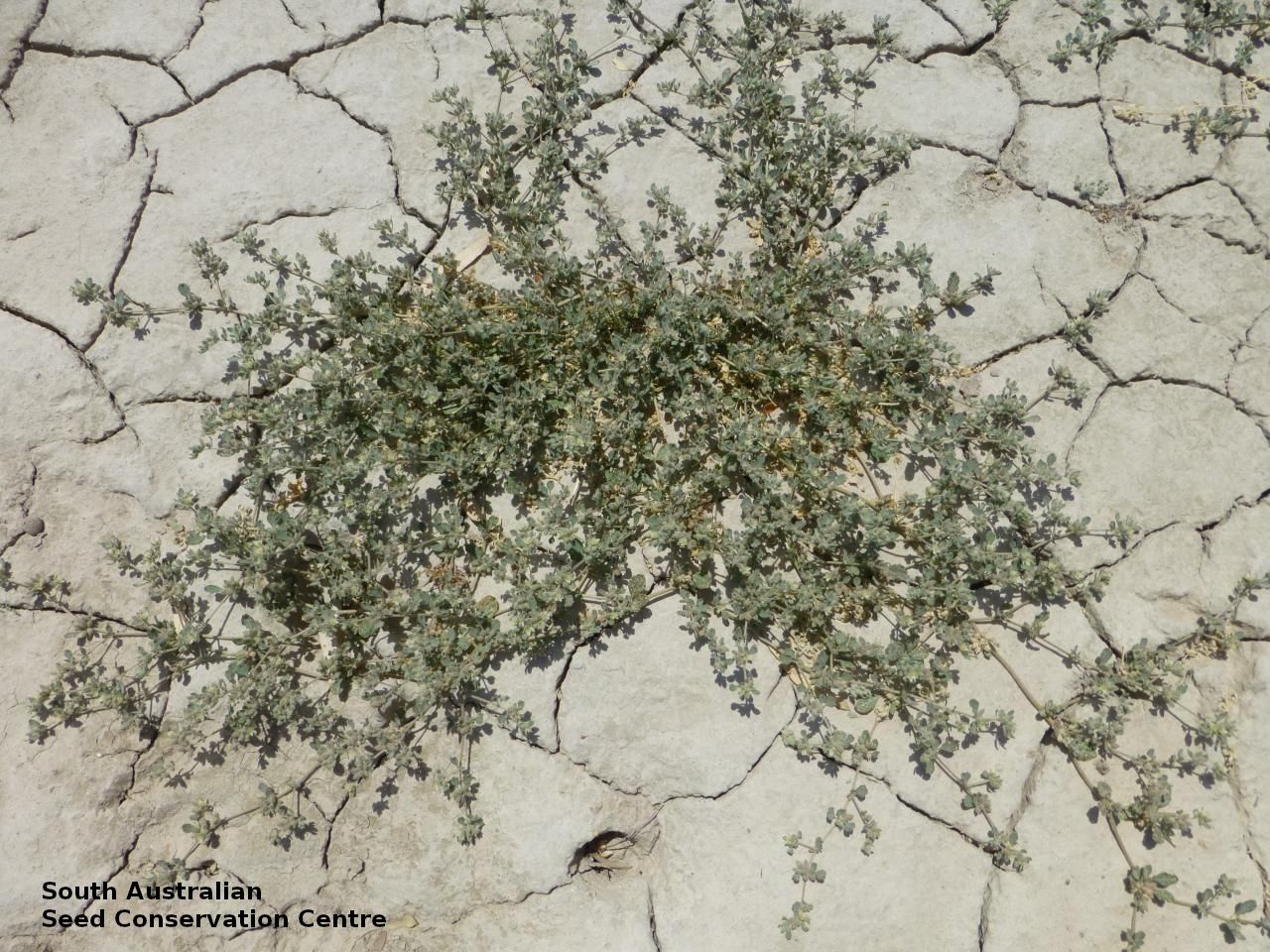
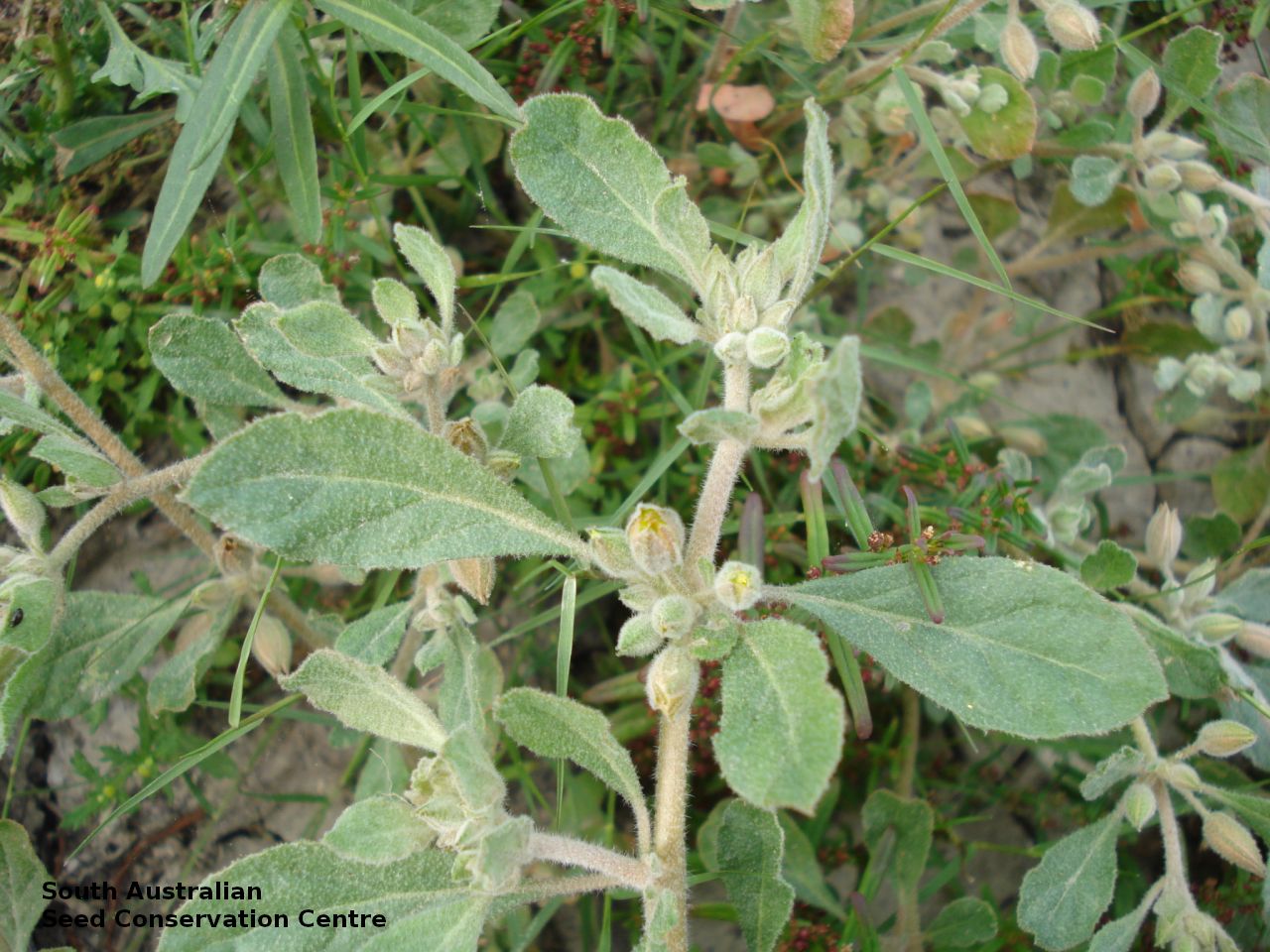
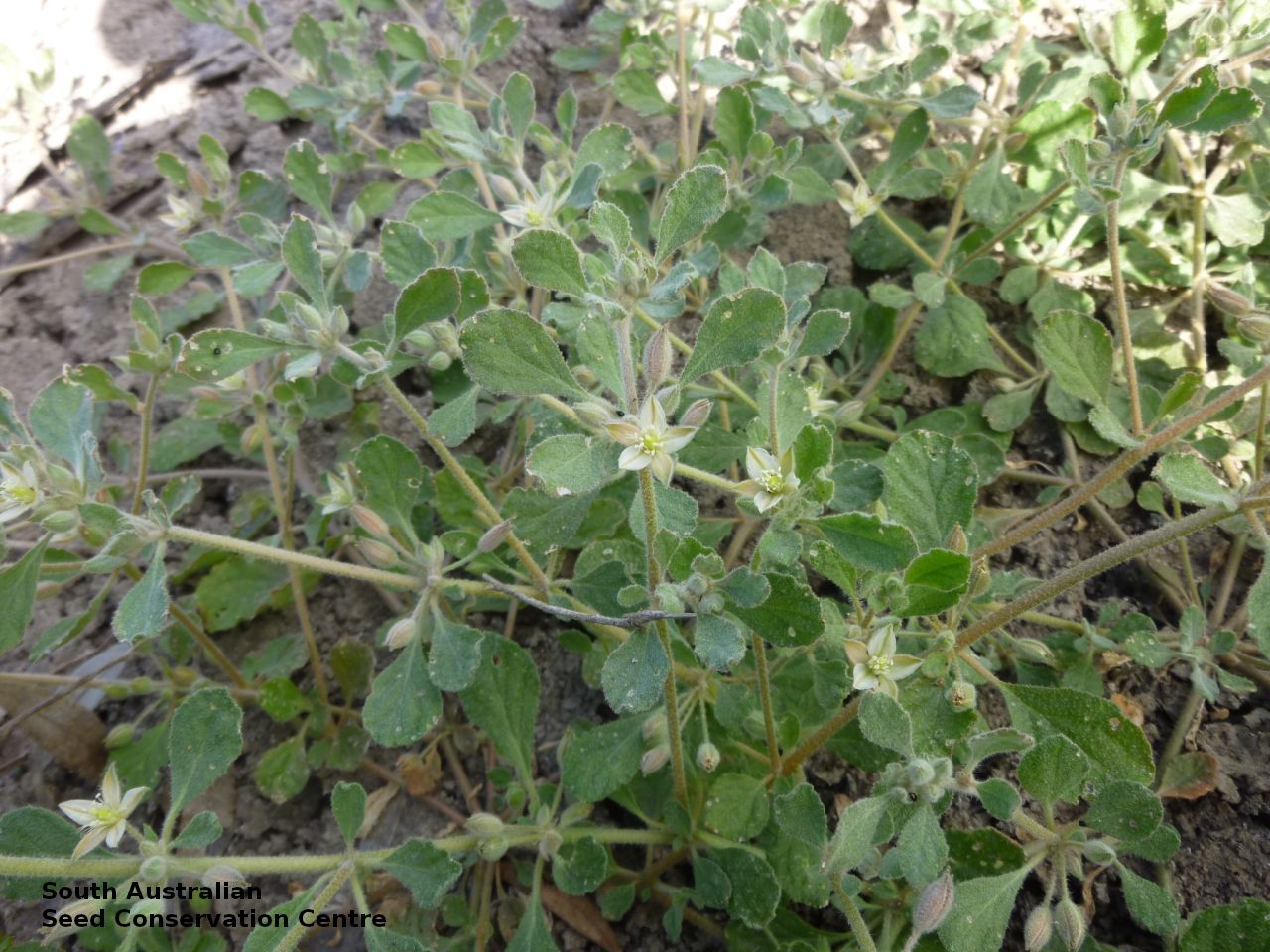
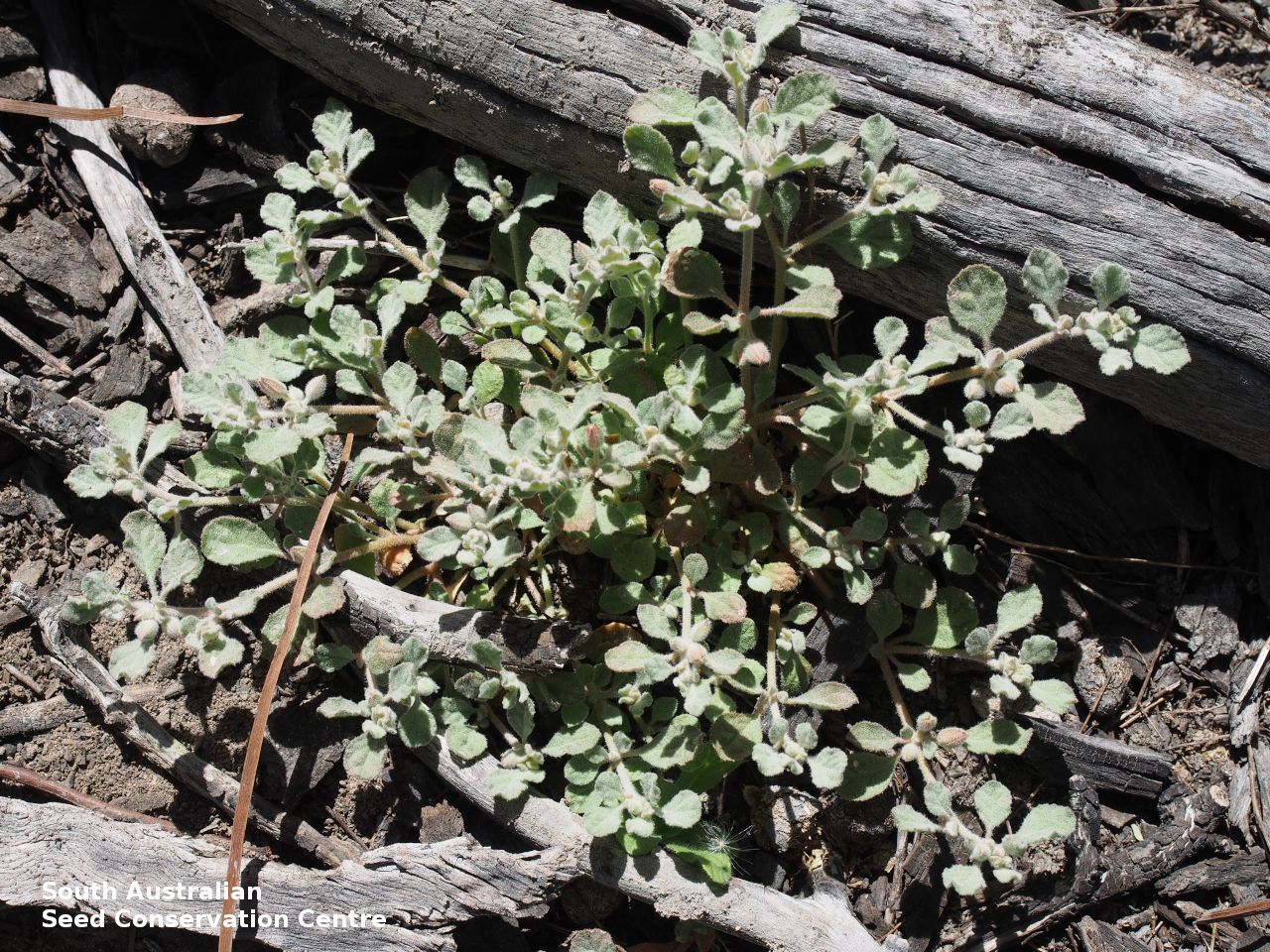
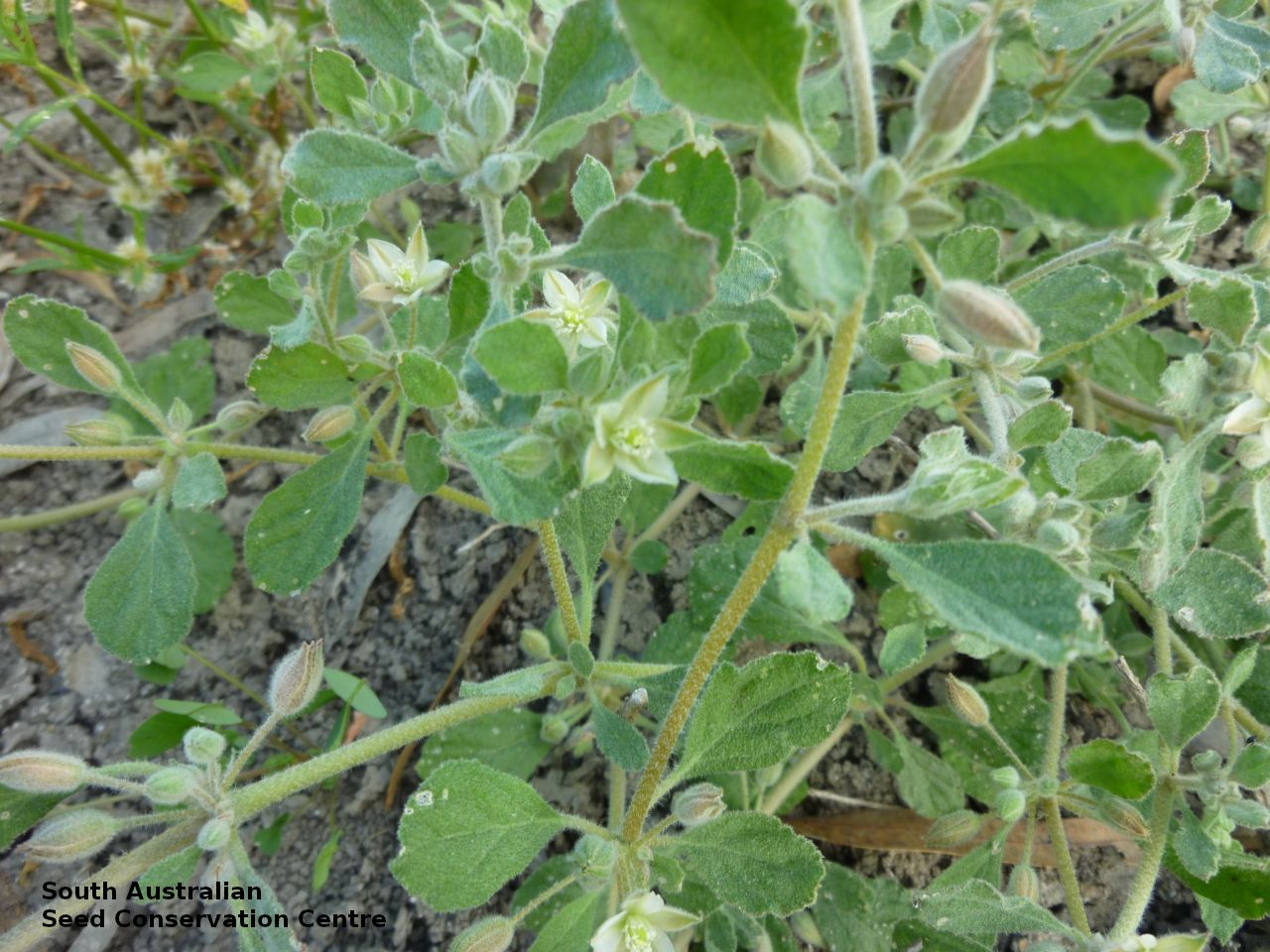
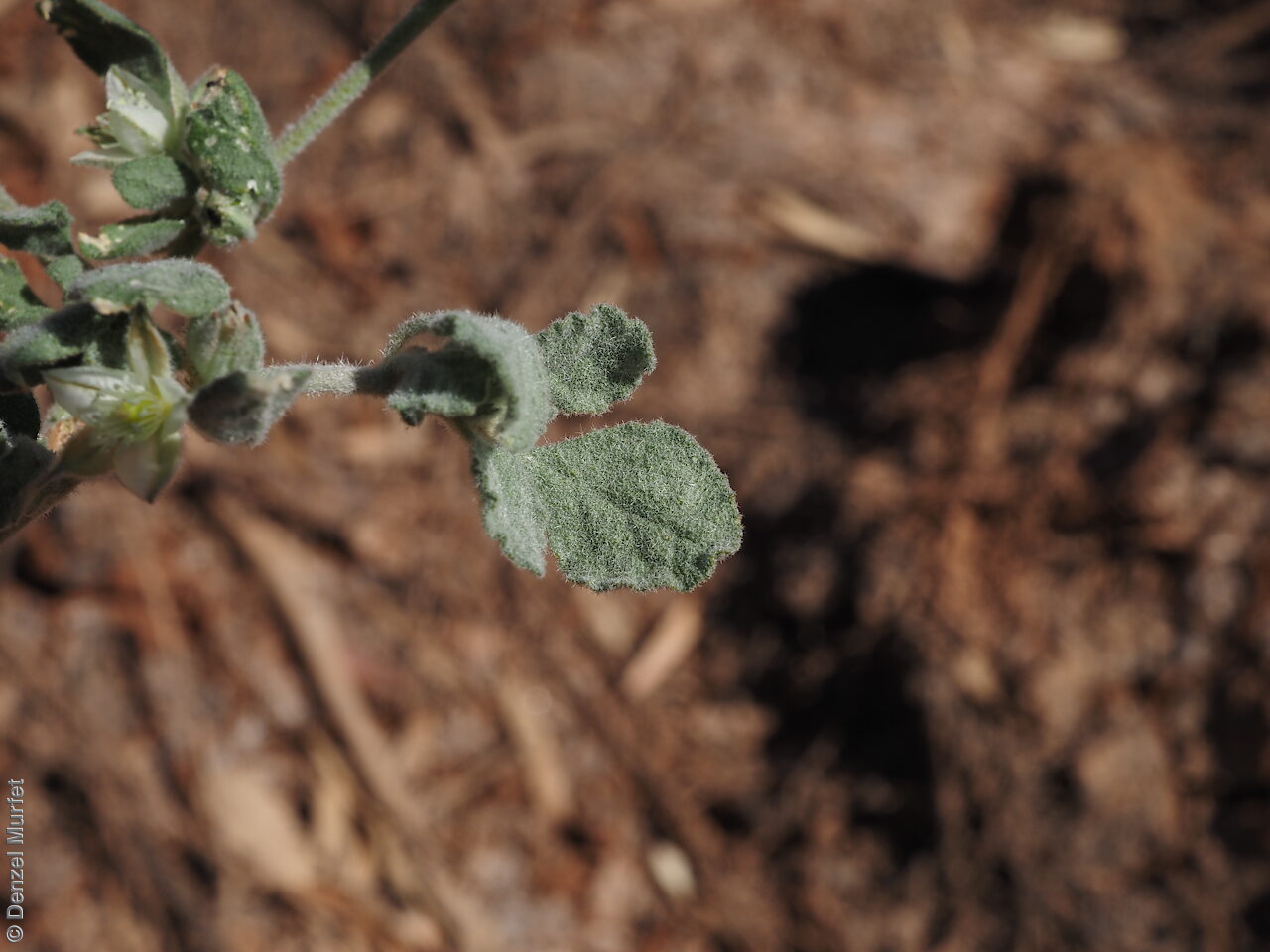
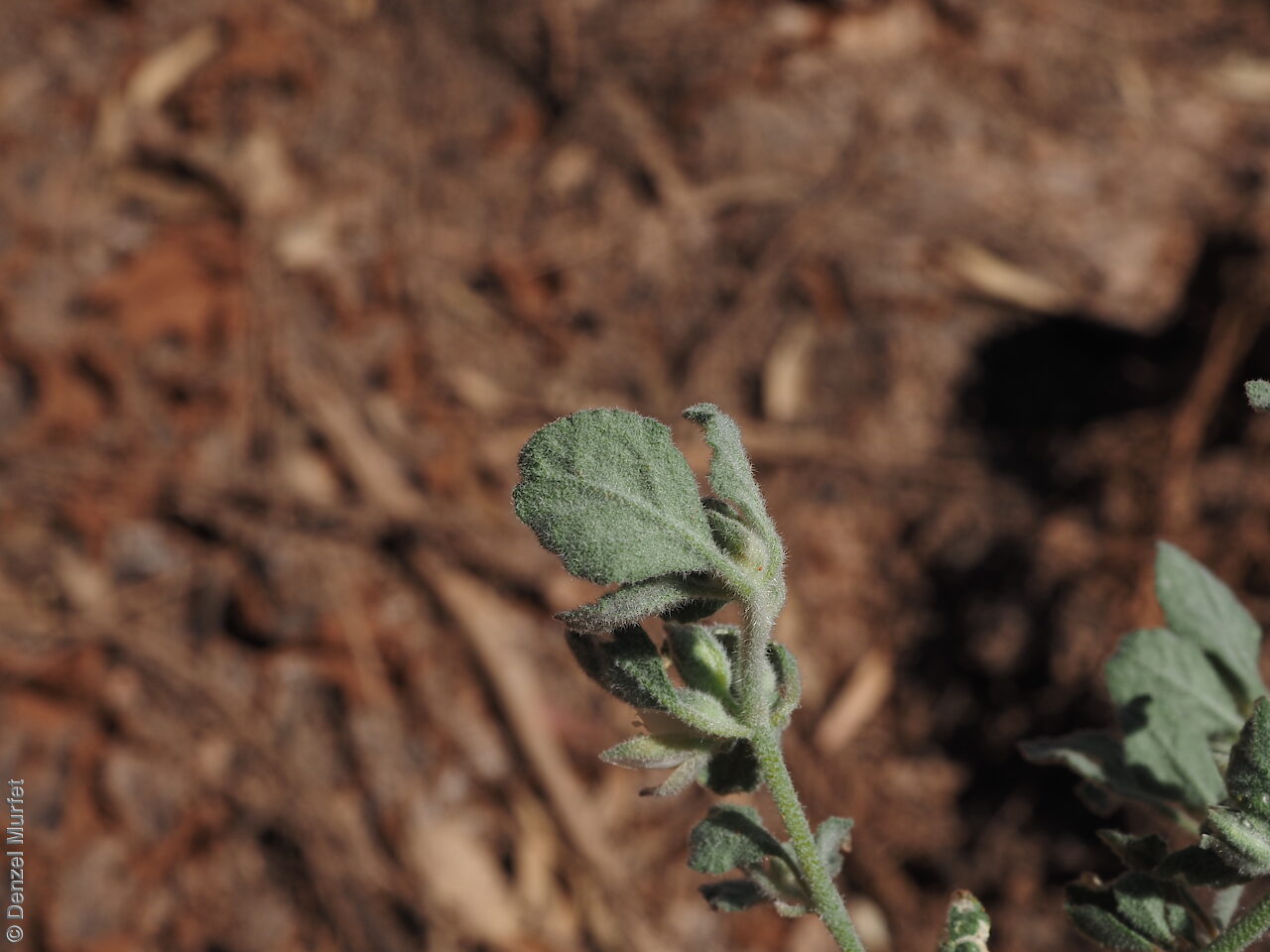
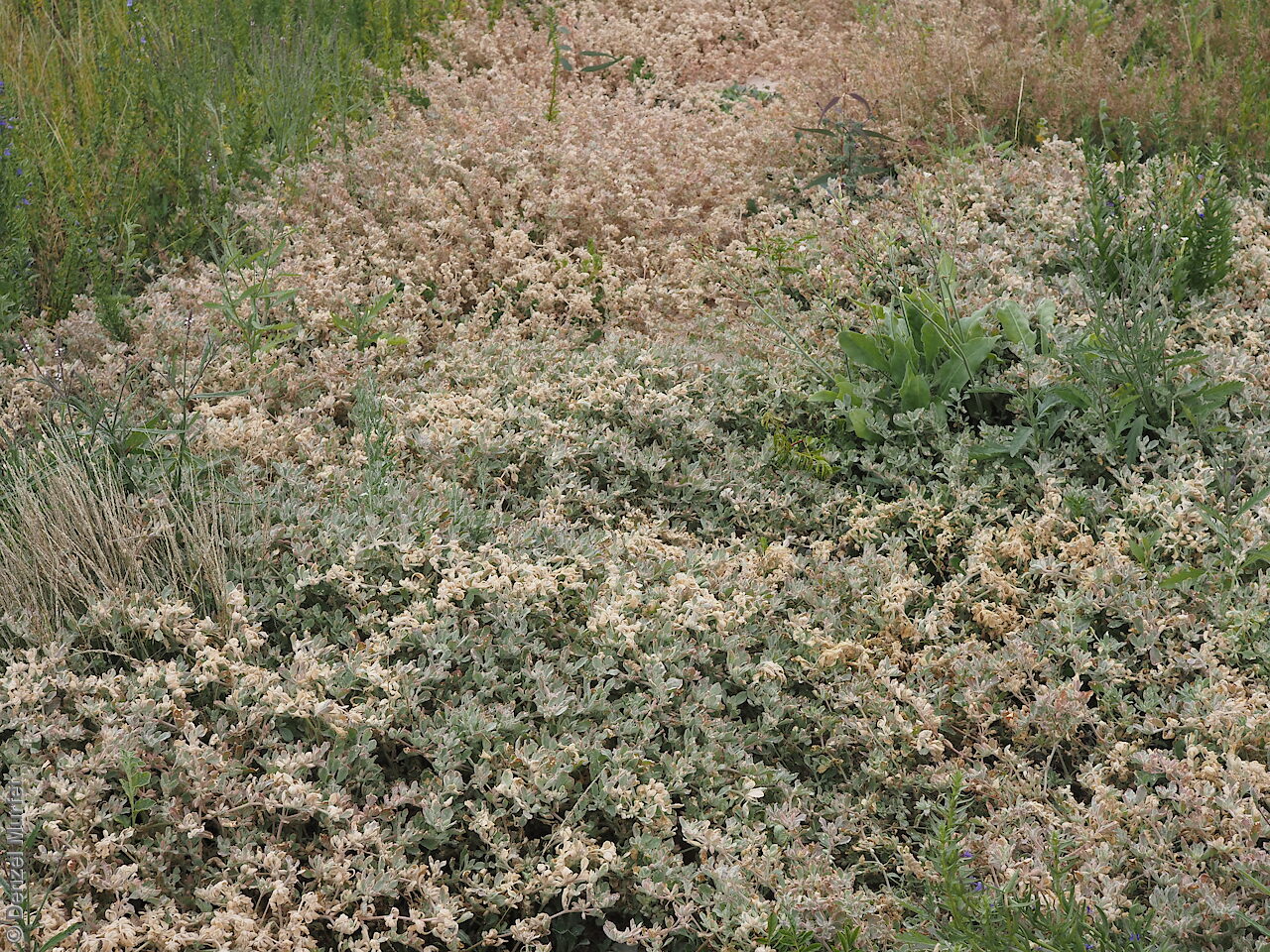
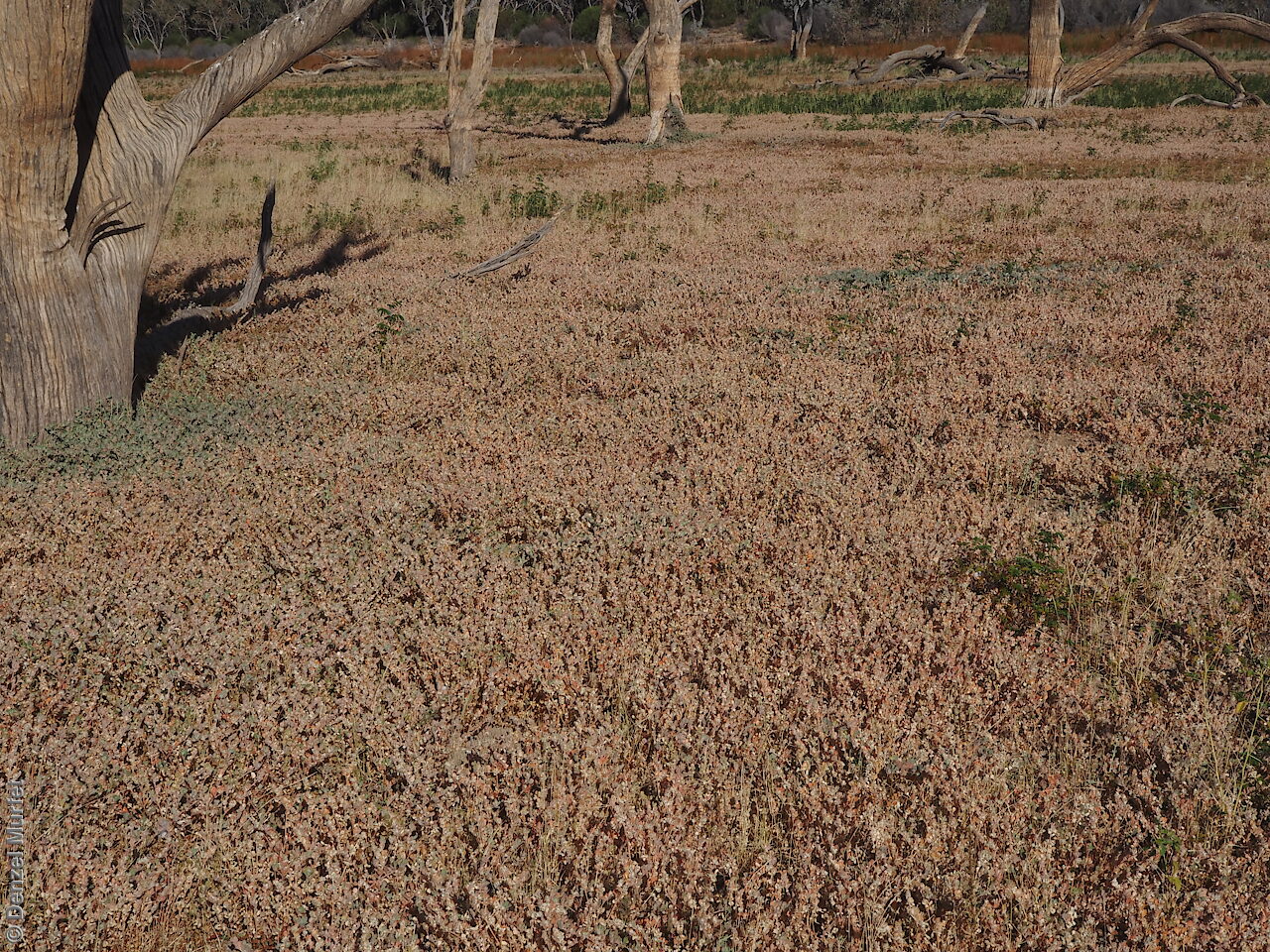
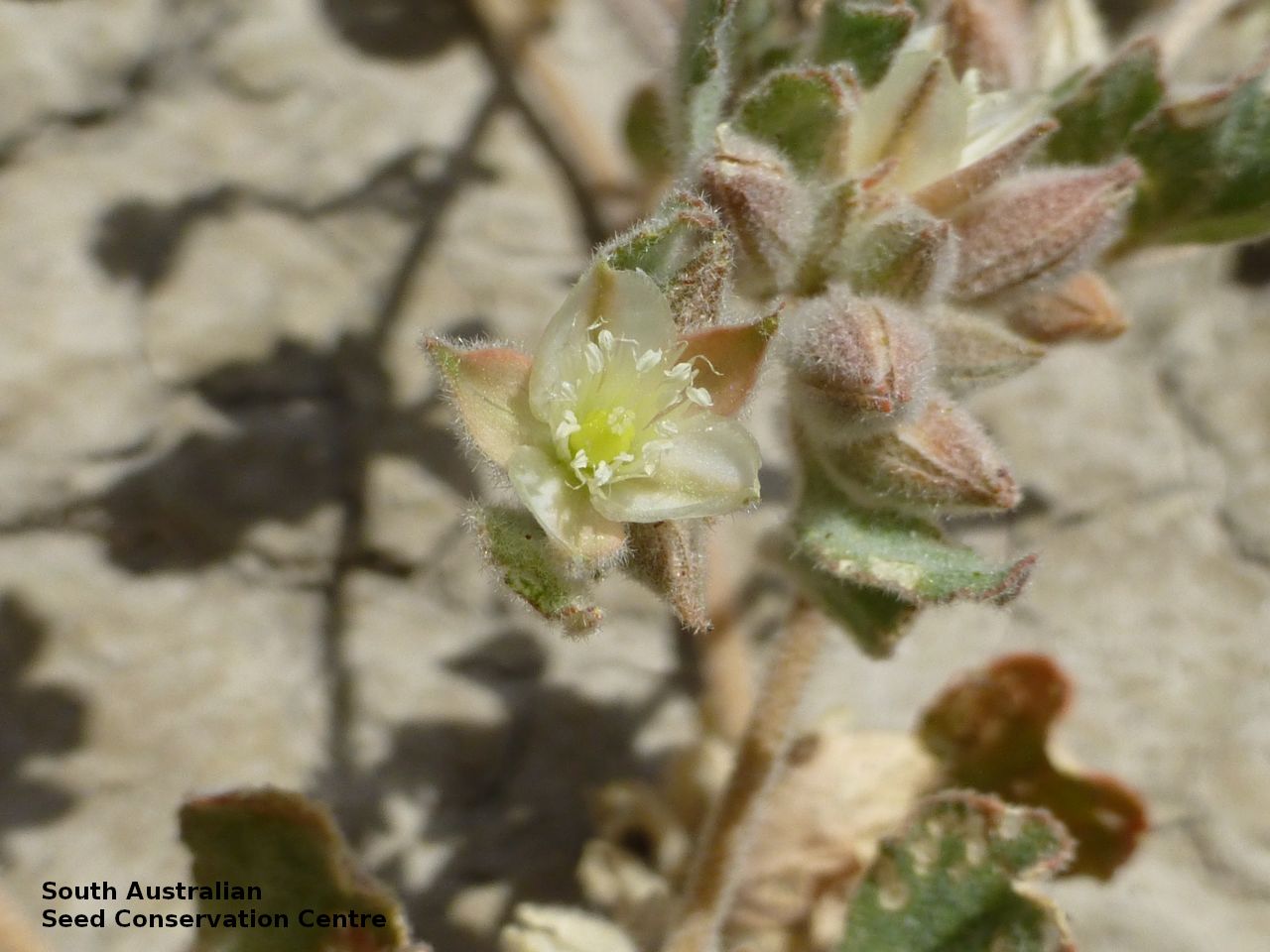
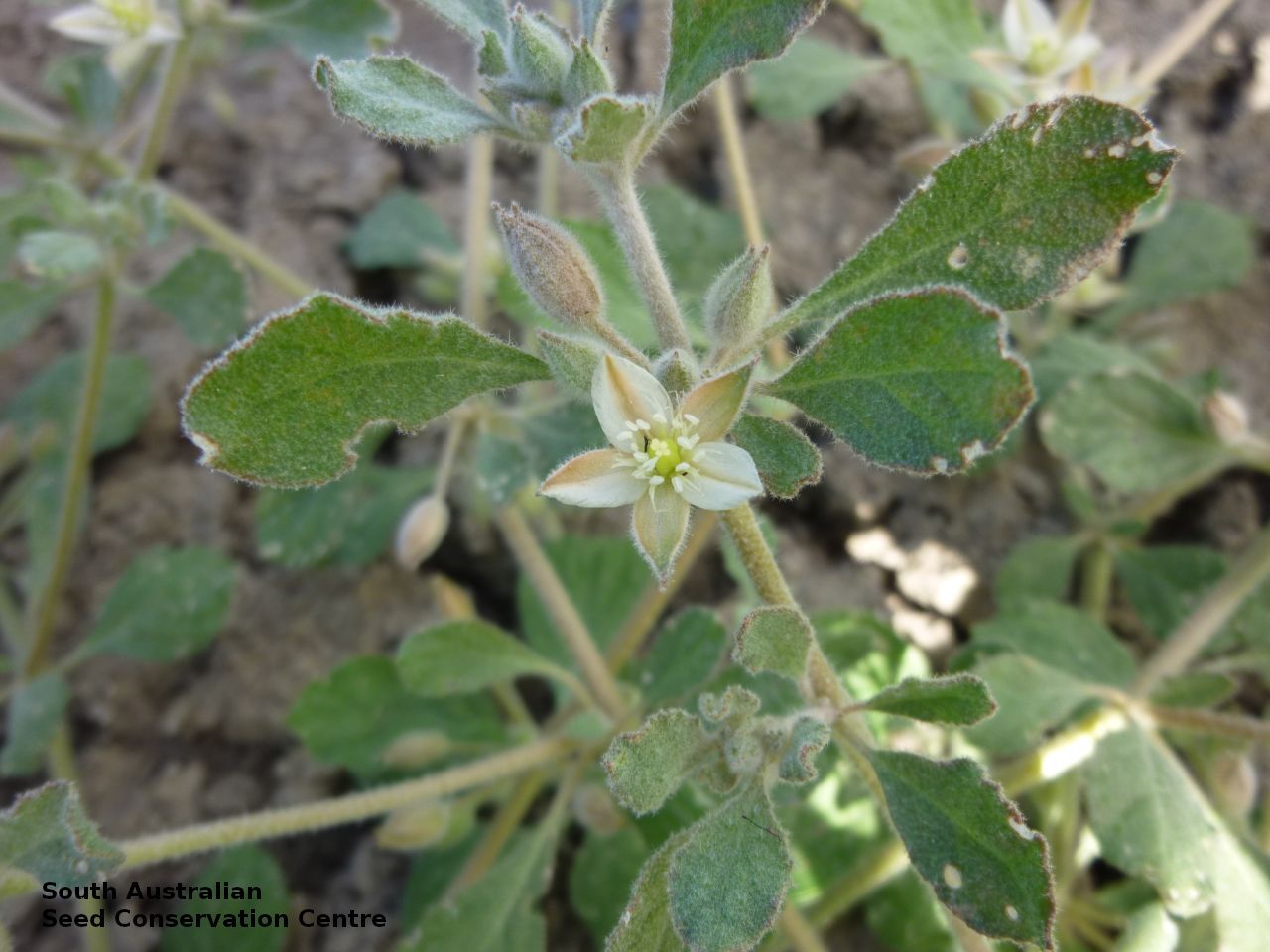
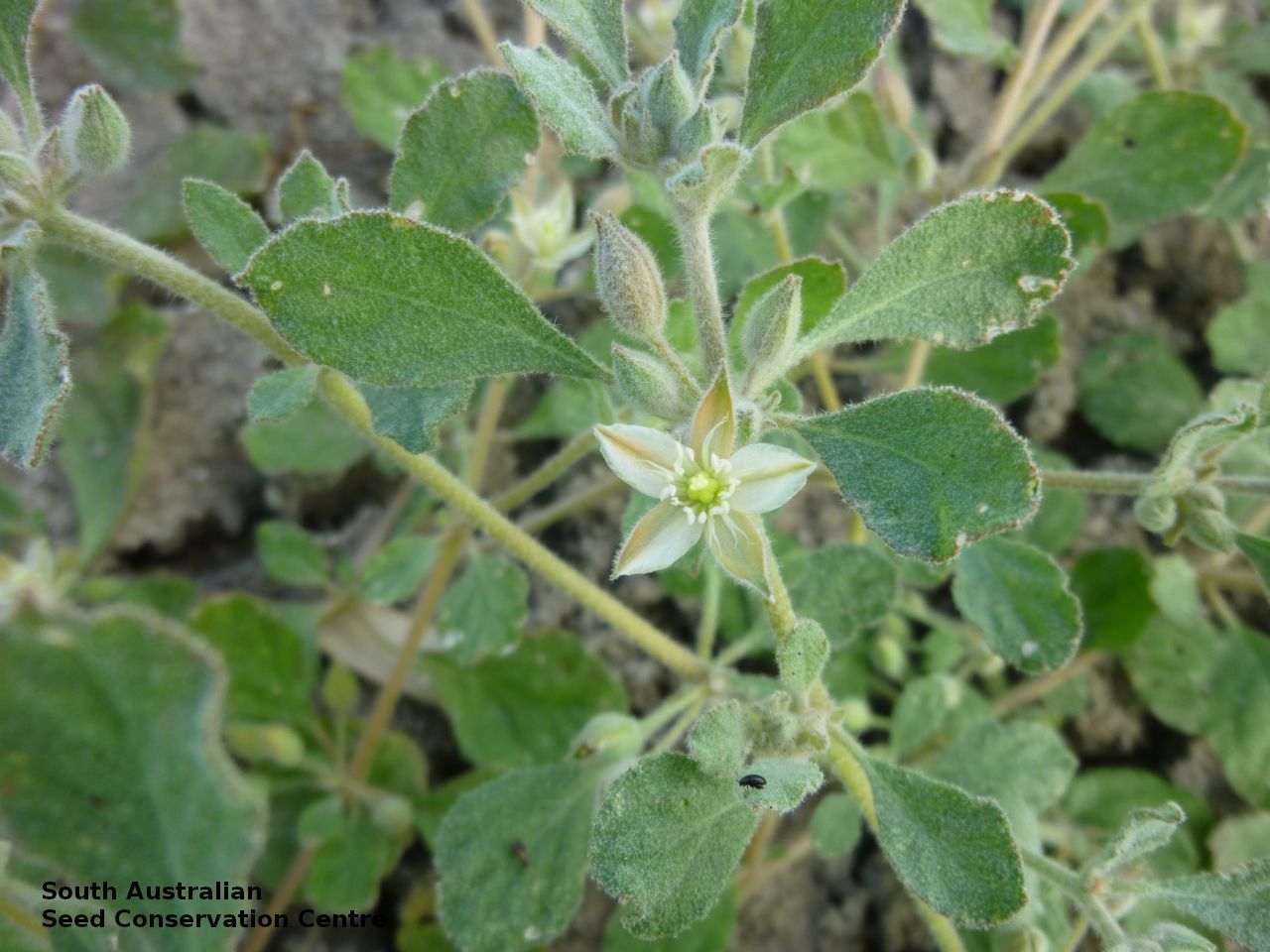
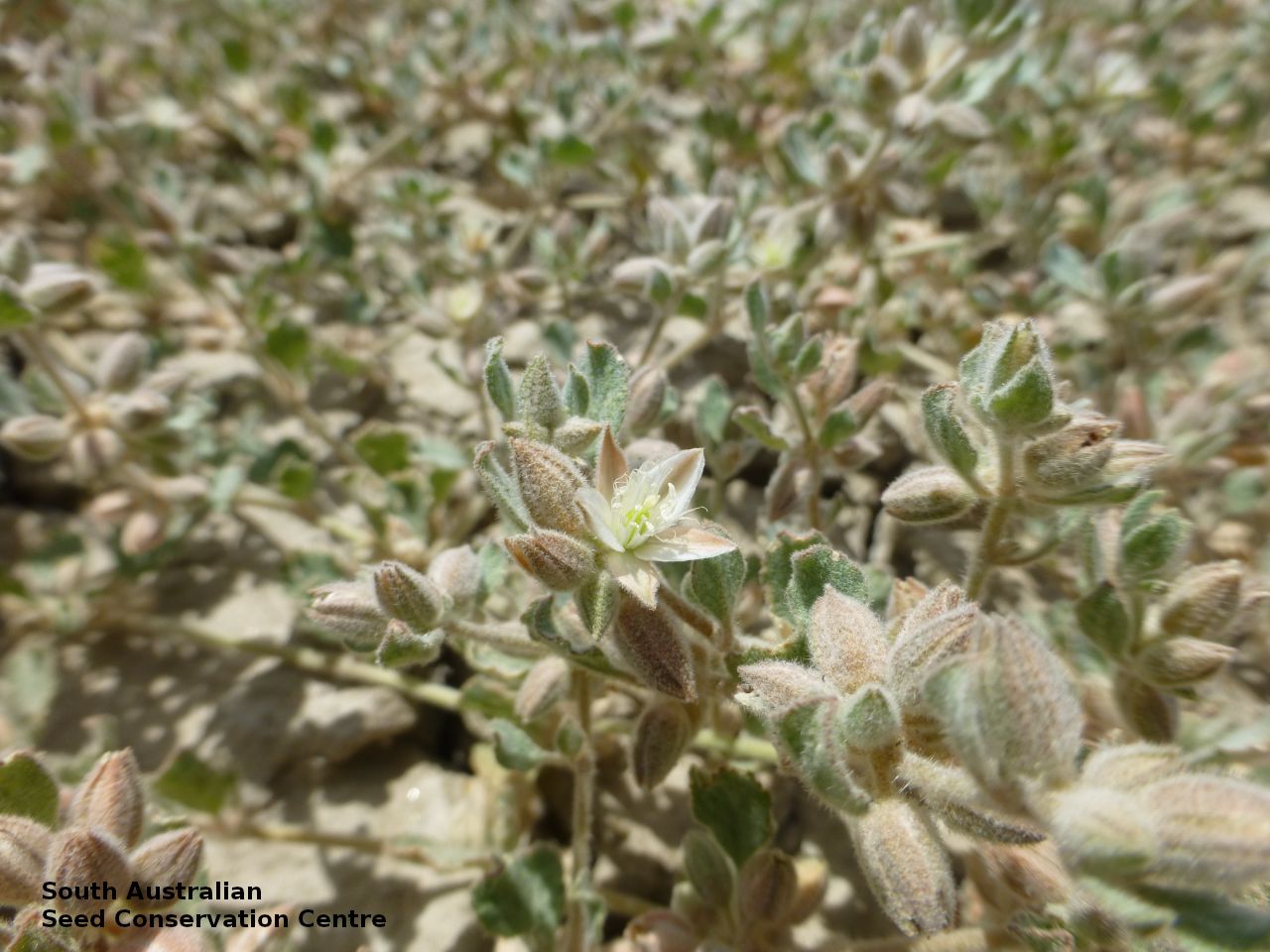
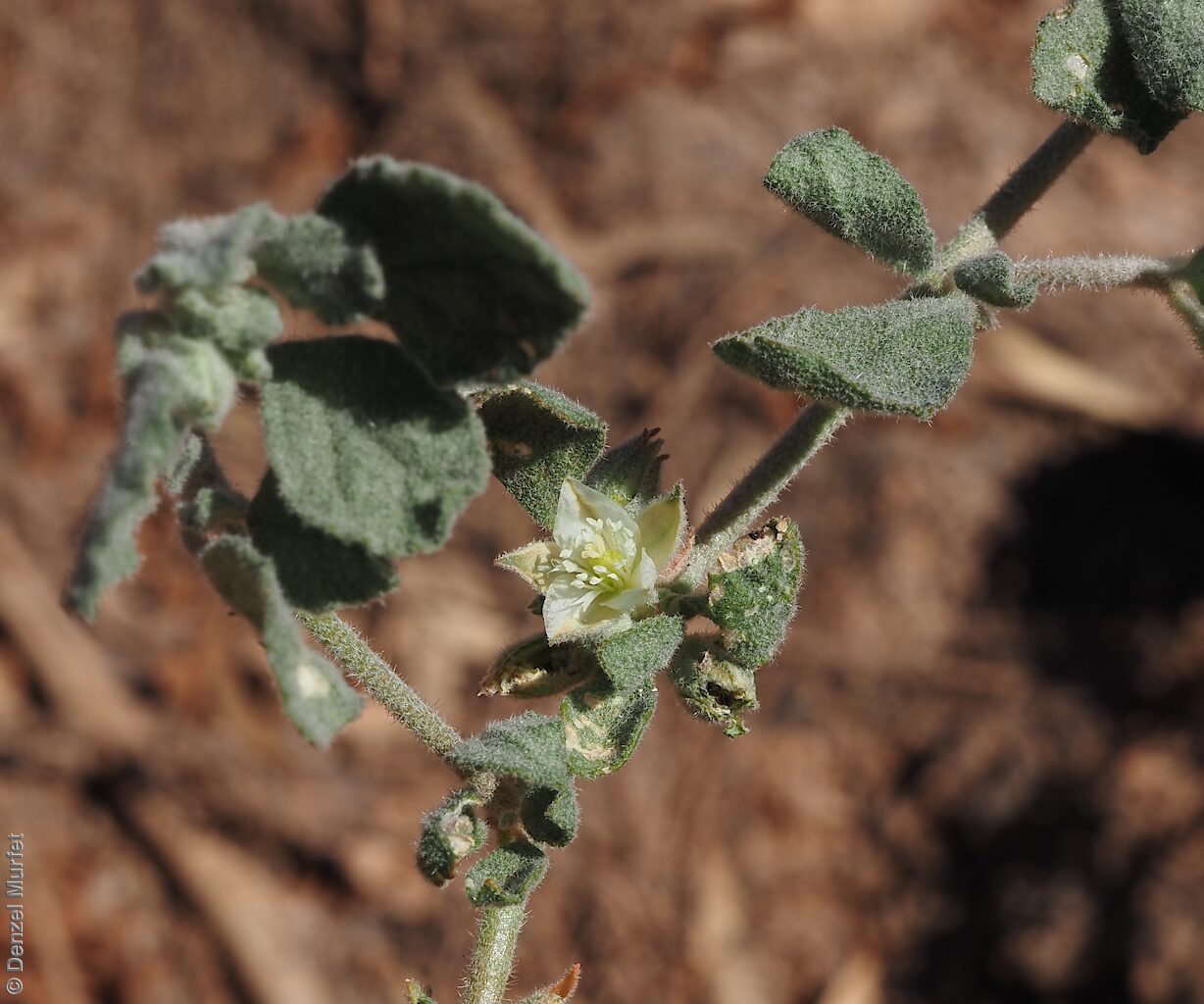
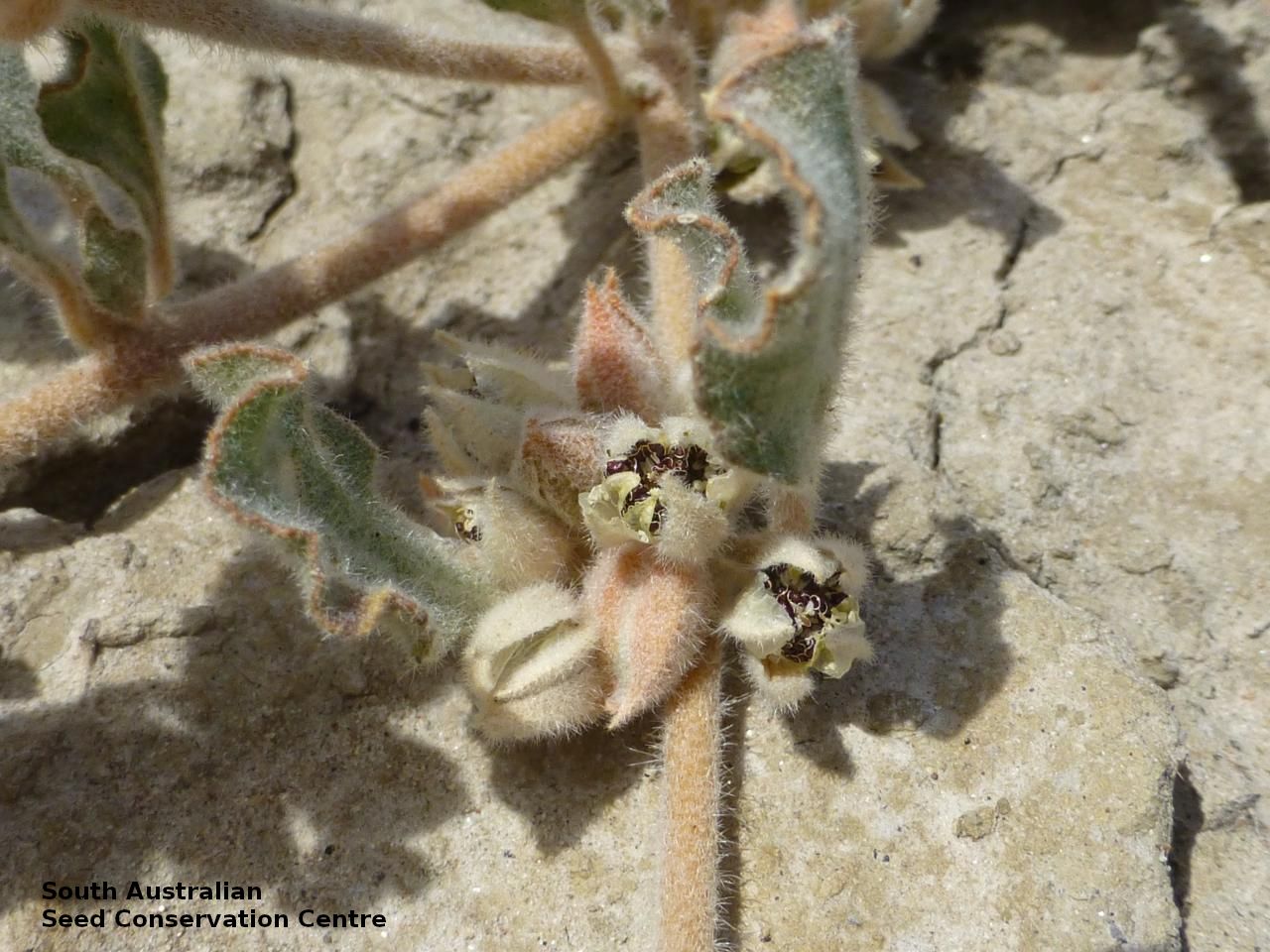
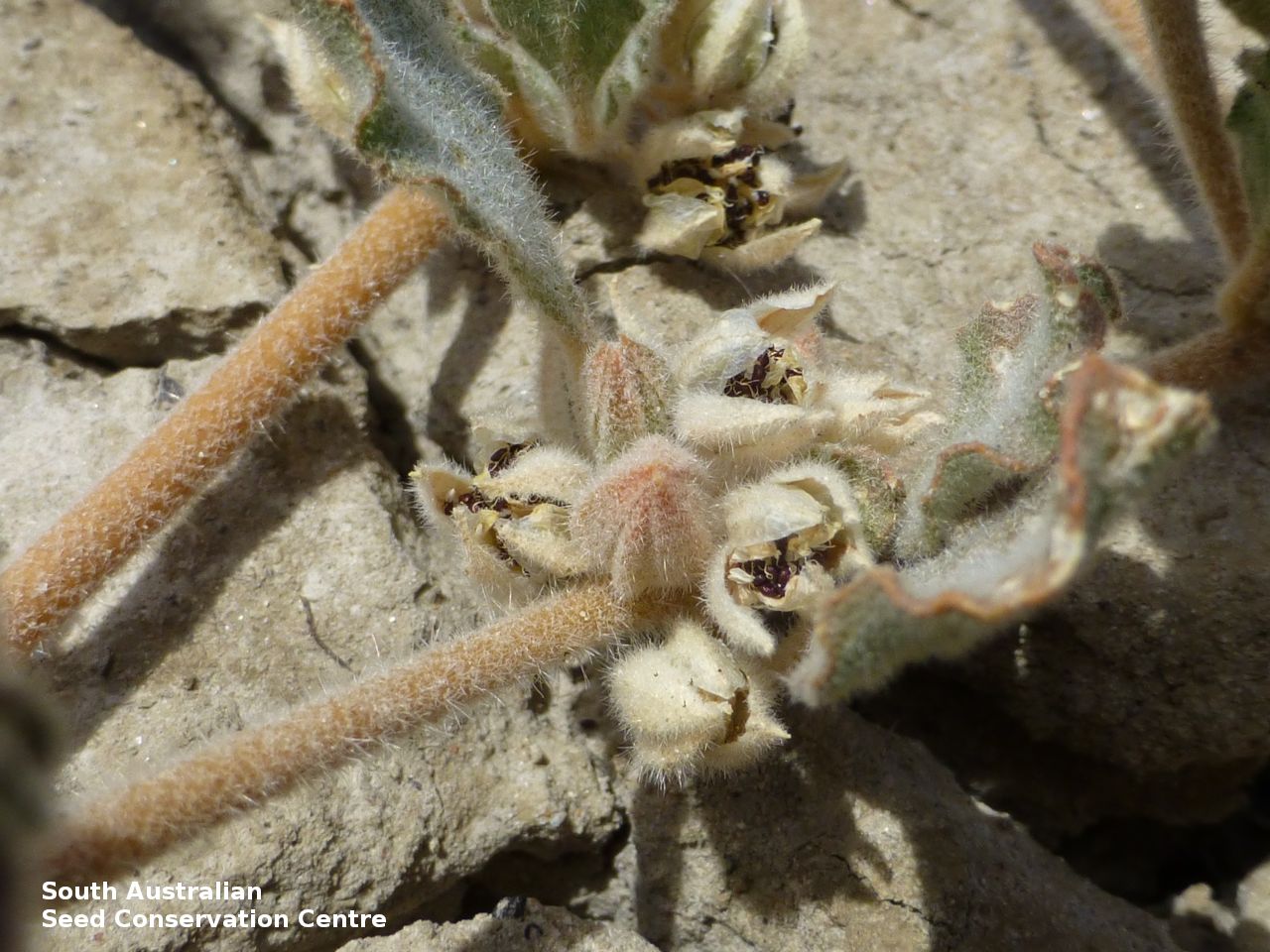
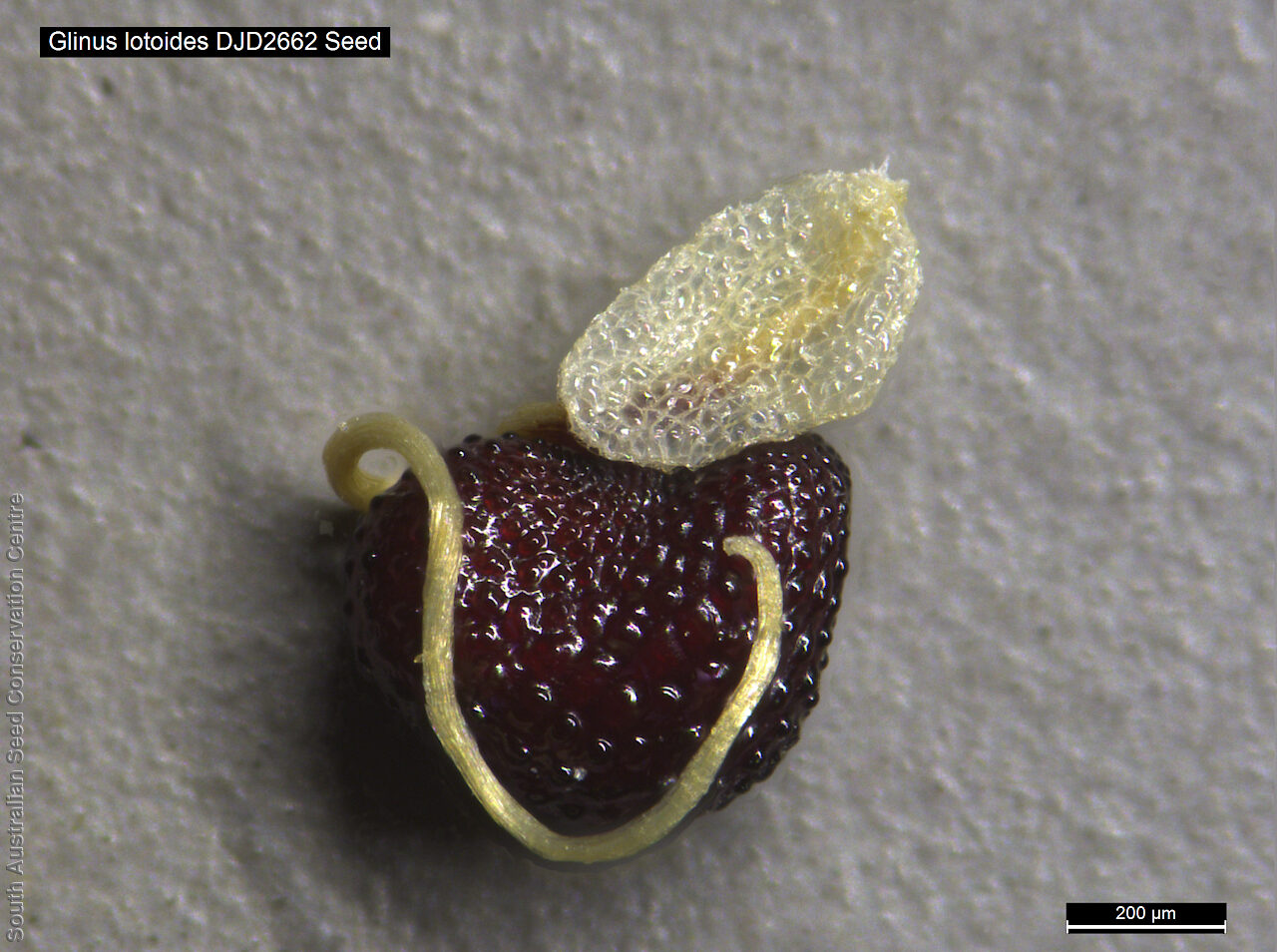
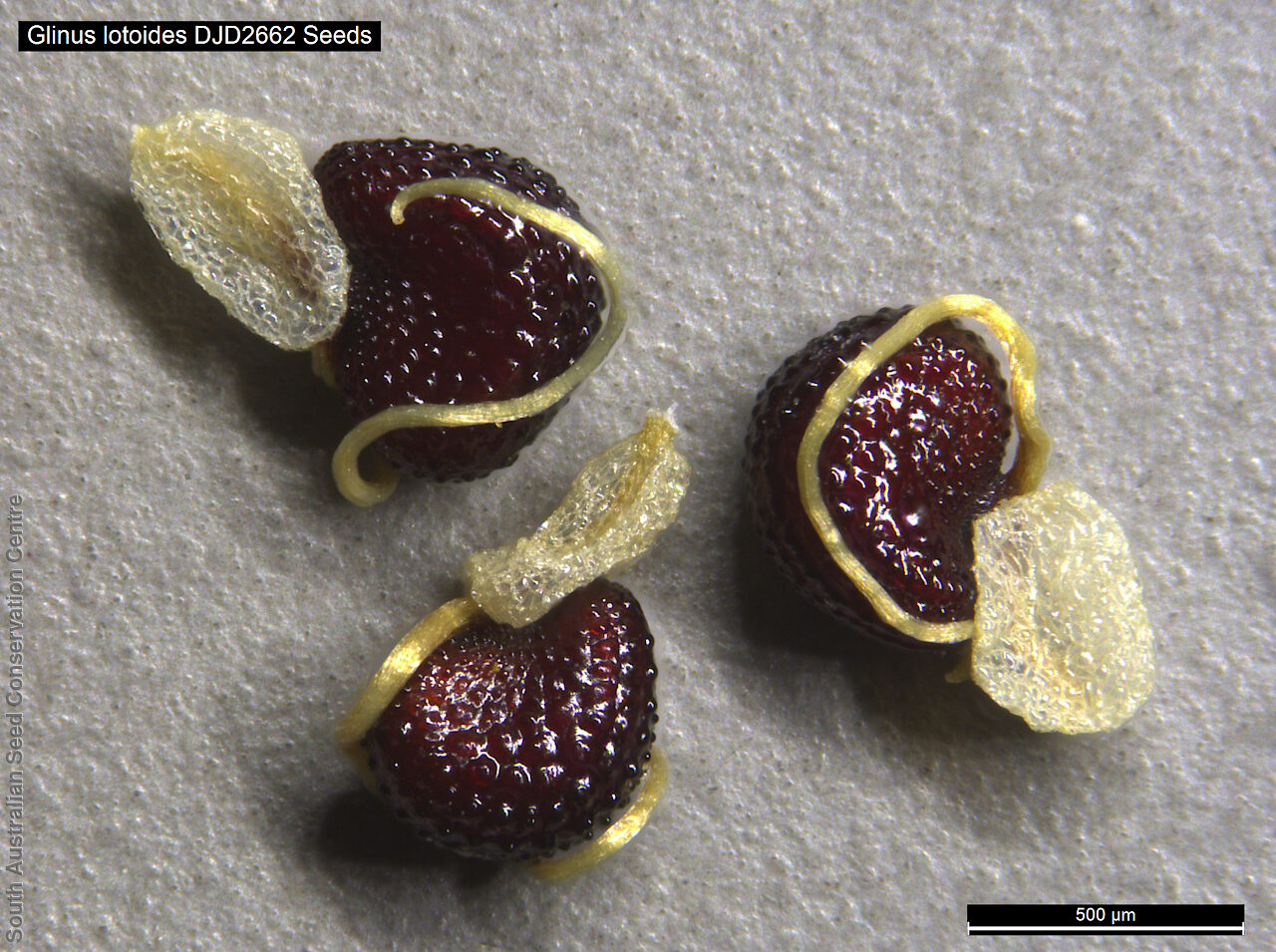
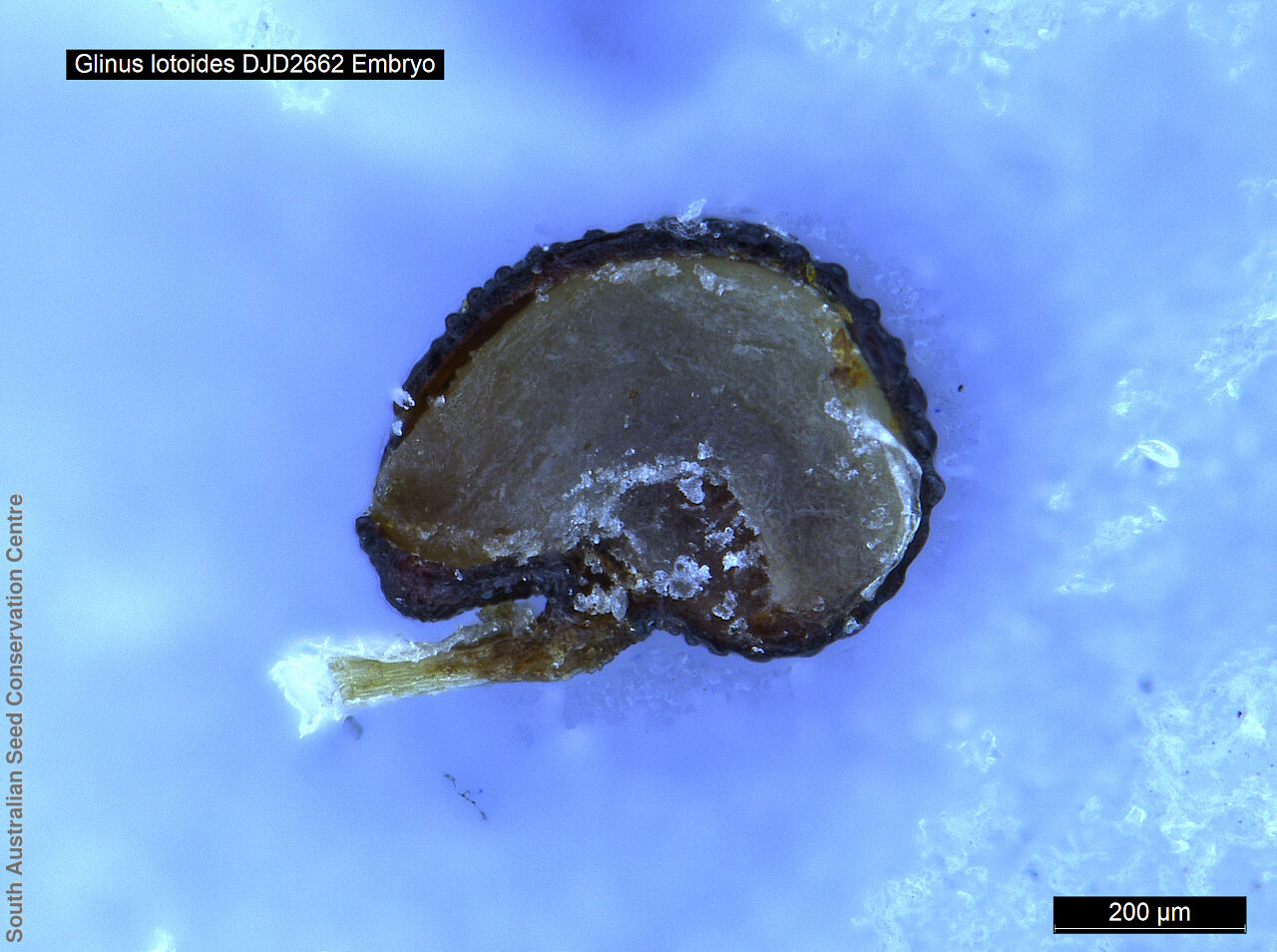
Regional Species Conservation Assessments per IBRA subregion.

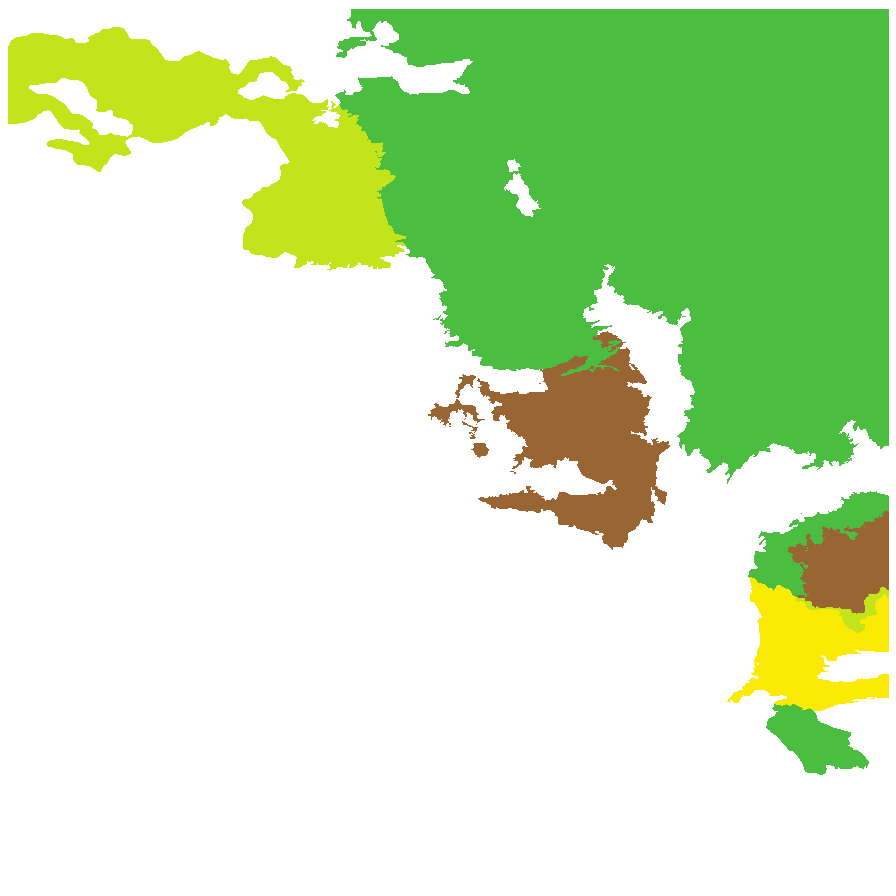
Least concern
Near threatened
Rare
Vulnerable
Endangered
Critically endangered
Extinct
Data deficient
Adelaide
Arkaroola
Ceduna
Coober Pedy
Hawker
Innamincka
Marla
Marree
Mount Gambier
Oodnadatta
Renmark
Wudinna
Keith
Yunta
Display IBRA region text
| Tintinara (NCP04) | Naracoorte Coastal Plain | Least Concern [unusual record, out of range; likes swampy conditions] |
| Northern Flinders (FLB05) | Flinders Lofty Block | Least Concern |
| Central Flinders (FLB06) | | Least Concern [limited habitat; edge of range] |
| South Olary Plain (MDD01) | Murray Darling Depression | Rare (IUCN: RA d(i,ii)) [possibly declining; likes saline areas] |
| Murray Mallee (MDD02) | | Vulnerable (IUCN: VU B2ab(i,ii,iii)) (Probable Decline) [affected by water regimes - needs water] |
| Braemer (MDD07) | | Data Deficient [undercollected, ephemeral] |
| Murray Scroll Belt (RIV06) | Riverina | Near Threatened [affected by water regimes - needs water; possibly declining] |
| Myall Plains (GAW01) | Gawler | Rare (IUCN: RA d(ii)) [southern limit] |
| Gawler Lakes (GAW03) | | Rare (IUCN: RA d(ii)) [southern limit] |
| Arcoona Plateau (GAW04) | | Rare (IUCN: RA d(ii)) [southern limit] |
| Roxby (GAW07) | | Least Concern [around waterways] |
| Kintore (GVD04) | Great Victoria Desert | Near Threatened [edge of range; limited hbitat] |
| Tallaringa (GVD05) | | Near Threatened [edge of range; limited hbitat] |
| Barrier Range Outwash (BHC04) | Broken Hill Complex | Data Deficient [undercollected, ephemeral] |
| Bimbowrie (BHC05) | | Data Deficient [undercollected, ephemeral] |
| Curnamona (BHC06) | | Data Deficient [undercollected, ephemeral] |
| Simpson Desert (SSD02) | Simpson Strzelecki Dunefields | Least Concern |
| Dieri (SSD03) | | Least Concern |
| Warriner (SSD04) | | Least Concern [around waterways] |
| Strzelecki Desert (SSD05) | | Least Concern |
| Breakaways (STP01) | Stony Plains | Least Concern |
| Oodnadatta (STP02) | | Least Concern |
| Murnpeowie (STP03) | | Least Concern [around waterways] |
| Macumba (STP05) | | Least Concern |
| Witjira (STP06) | | Least Concern |
| Baltana (STP07) | | Least Concern [around waterways] |
| Sturt Stony Desert (CHC02) | Channel Country | Least Concern [around waterways] |
| Diamantina-Eyre (CHC04) | | Least Concern [around waterways] |
| Coongie (CHC06) | | Least Concern [around waterways] |
| Lake Pure (CHC07) | | Least Concern [around waterways] |
| Tintinara (NCP04) | Naracoorte Coastal Plain | Least Concern [unusual record, out of range; likes swampy conditions] |
| 2 of 6 subregions | Flinders Lofty Block | Least Concern |
| 3 of 6 subregions | Murray Darling Depression | Rare , Vulnerable , Data Deficient |
| Murray Scroll Belt (RIV06) | Riverina | Near Threatened [affected by water regimes - needs water; possibly declining] |
| 4 of 8 subregions | Gawler | Least Concern , Rare |
| 2 of 4 subregions | Great Victoria Desert | Near Threatened |
| 3 of 4 subregions | Broken Hill Complex | Data Deficient |
| 4 of 4 subregions | Simpson Strzelecki Dunefields | Least Concern |
| 6 of 7 subregions | Stony Plains | Least Concern |
| 4 of 4 subregions | Channel Country | Least Concern |
Botanical art
Kath Alcock paintings: 7
Prior names
Mollugo hirta
Mollugo glinus, nom.illeg.
Etymology
Glinus from the Greek 'glinos' meaning a plant with sweet sap. May have been a reference to maple. Lotoides means resembling the genus Lotus, the ancient Greek name for various legumes.
Distribution and status
Found in north, north-eastern and eastern South Australia growing on the floodplains of the River Murray and northern rangelands. Also found in all mainland States. Native. Common in South Australia. Common in the other States.
Herbarium regions: North Western, Lake Eyre, Gairdner-Torrens, Flinders Ranges, Eastern, Eyre Peninsula, Murray
NRM regions: Alinytjara Wilurara, Eyre Peninsula, South Australian Arid Lands, South Australian Murray-Darling Basin
AVH map: SA distribution map (external link)
Plant description
Spreading prostrate soft, grey hairy herb to 1 m across. Leaves alternate and/or opposite; elliptic to obovate to 20 mm long, hairy. Flowers in leaf-opposed clusters of 1-8; perianth-segments usually 6-8 mm long, white or yellow inside. Flowering throughout the year. Fruits are dehiscing dry caspule, enclosed in the perianth with 5-valves. Seeds are shiny red-brown, reniform seed to 0.7 mm long and 0.5 mm wide, with tuberculate surface. Seed embryo type is peripheral.
Seed collection and propagation
Collect seeds between January and December. Collect capsules that are maturing, turning brown and contain hard, brown seeds. Place the capsules in a tray and leave to dry for one to two weeks. Then rub the capsules gently by hand to dislodge the seeds. Use a sieve to separate the unwanted material. Be careful as the seeds are very small. Store the seeds with a desiccant such as dried silica beads or dry rice, in an air tight container in a cool and dry place. From two collections, the seed viability was high, at 100%. This species has physiological dormancy and can be difficult to germinate. Germination success of 94% has been achieved by Kew Gardens by pre-treating seeds with 250mg/L gibberellic acid and incubated at constant 20oC (see http://data.kew.org/sid). Germination success of 20% achieved from seeds heated in 120oC oven for 10 min, plated into 50mm glass petri dishes with sponge and filter paper and incubated at 10C/22C, 12/12 dark/light. (23/05/08).
| Location | No. of seeds
(weight grams) | Number
of plants | Date
collected | Collection number
Collection location | Date
stored | % Viability | Storage
temperature |
MSB |
28,000 (1.69 g) | 50+ | 29-Sep-2007 | MJT118
Lake Eyre | | 95% | |
| BGA | 72,000 (3.95 g) | 30 | 23-Oct-2007 | TST202
Lake Eyre | 19-Sep-2008 | 100% | -18°C |
| BGA | 100,000 (7.06 g) | | 7-Feb-2013 | DJD2662
Murray | 27-Feb-2014 | 100% | -18°C |
MSB |
24,000 (1.94 g) | 20+ | 5-Feb-2015 | DJD3097
Murray | | 90% | |
Location: BGA — the seeds are stored at the Adelaide Botanic Gardens, MSB — the seeds are stored at the Millennium Seed Bank, Kew, England.
Number of plants: This is the number of plants from which the seeds were collected.
Collection location: The Herbarium of South Australia's region name.
% Viability: Percentage of filled healthy seeds determined by a cut test or x-ray.
Germination table:
Display


















